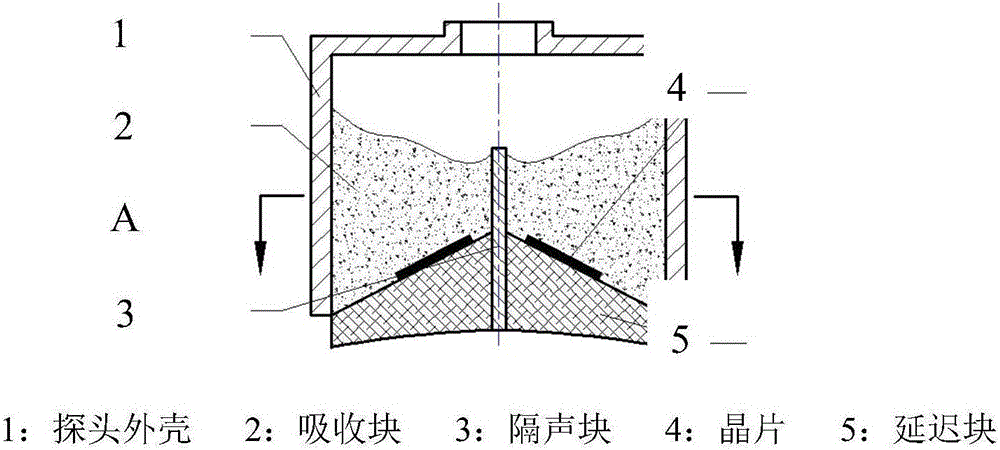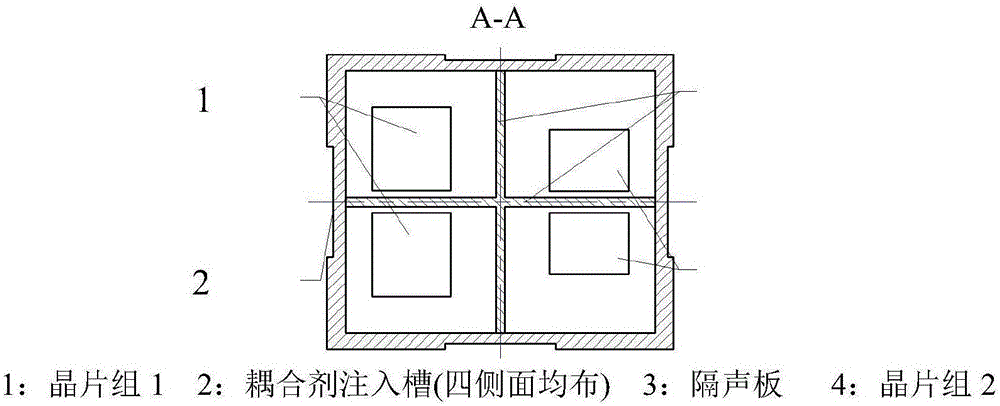Self-coupled probe mechanism based on parallel passive-type fine adjustment structure
A passive, self-coupling technology, used in material analysis, measurement devices, and instruments using sonic/ultrasonic/infrasonic waves. The effect of eliminating detection blind spots and high work efficiency
- Summary
- Abstract
- Description
- Claims
- Application Information
AI Technical Summary
Problems solved by technology
Method used
Image
Examples
Embodiment Construction
[0013] The present invention will be further described below in conjunction with accompanying drawing. The following examples are only used to illustrate the technical solution of the present invention more clearly, but not to limit the protection scope of the present invention.
[0014] Such as figure 1 As shown, a self-coupling probe mechanism based on a parallel passive fine-tuning structure, including a mounting plate (1) of a fixed mechanism, a parallel spring (2), a connecting frame (3), a probe shell (4), an S pair (5), Coupling spring (6), multi-focus probe (7); through the mounting plate (1), the entire probe mechanism can be installed on the wheel automatic flaw detection host; the parallel spring (2) and the S pair (5) are located on the mounting plate (1) and Between the connecting brackets (3), the swing position and posture of the probe can be adjusted according to the specific shape change of the wheel tread of the motor vehicle; the terminal on one side of the...
PUM
 Login to View More
Login to View More Abstract
Description
Claims
Application Information
 Login to View More
Login to View More - R&D
- Intellectual Property
- Life Sciences
- Materials
- Tech Scout
- Unparalleled Data Quality
- Higher Quality Content
- 60% Fewer Hallucinations
Browse by: Latest US Patents, China's latest patents, Technical Efficacy Thesaurus, Application Domain, Technology Topic, Popular Technical Reports.
© 2025 PatSnap. All rights reserved.Legal|Privacy policy|Modern Slavery Act Transparency Statement|Sitemap|About US| Contact US: help@patsnap.com



